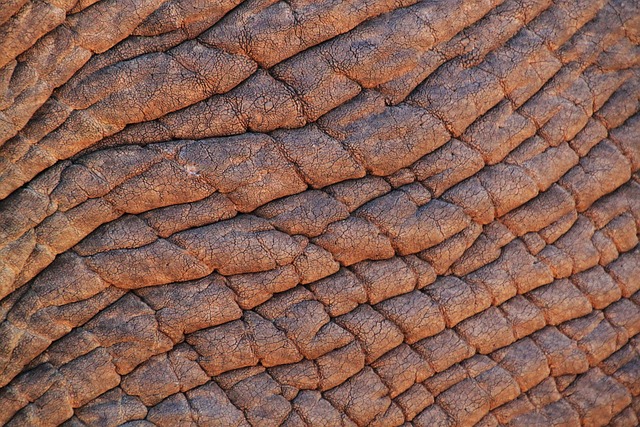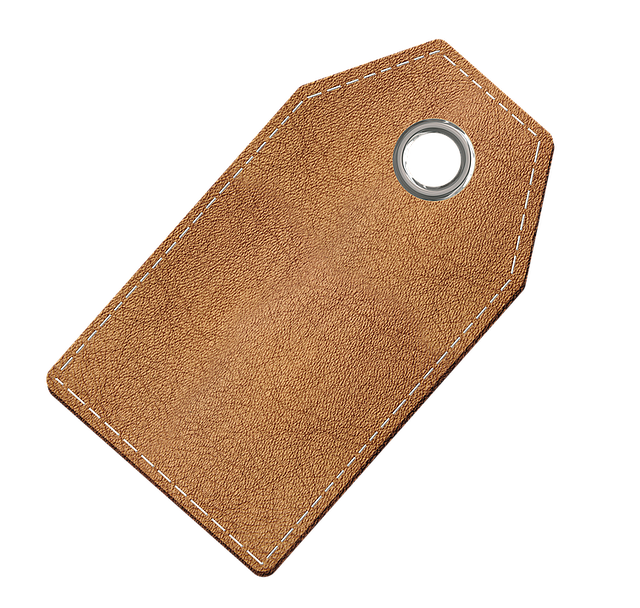Leeds residents dealing with skin tags have various removal options available at local clinics, including surgical excision and cryotherapy. For those preferring a natural approach, tea tree oil, known for its antimicrobial and anti-inflammatory properties, is a non-invasive option. This remedy can help dissolve skin tags by promoting healthy skin conditions. To use it effectively, one should dilute tea tree oil with a carrier oil and apply it consistently, while maintaining a clean and dry environment to prevent infection and facilitate healing. It's important to observe the affected area for any signs of irritation or infection and to consult healthcare professionals at Skin Tag Removal Leeds for guidance on treatment plans and personalized care. The natural method is a safe, effective home treatment when used correctly, with the option for further medical assistance in Leeds should it be needed. Regular observation and adherence to post-treatment care are key to achieving successful removal of skin tags.
Exploring effective and natural skin tag removal options in Leeds, this article delves into the potential of tea tree oil as a viable treatment. We’ll guide you through understanding what skin tags are, the various removal methods available locally, and the science behind using tea tree oil for safe and natural elimination. From the comfort of your home, learn how to apply this natural remedy correctly with our detailed step-by-step process, ensuring optimal results and maintaining healthy skin post-treatment. Discover the benefits of tea tree oil in Leeds’s skin tag removal journey.
- Understanding Skin Tags and Their Removal Options in Leeds
- The Role of Tea Tree Oil in Natural Skin Tag Treatment
- Step-by-Step Guide to Using Tea Tree Oil for Skin Tag Removal Safely
- Post-Treatment Care and Maintenance After Using Tea Tree Oil for Skin Tags
Understanding Skin Tags and Their Removal Options in Leeds

In Leeds, a common dermatological concern among residents is the presence of skin tags, which are benign growths that often appear on the skin as individuals age. These small, harmless protrusions can develop for various reasons, including friction, hormonal changes, and genetics. When exploring options for removal, residents have access to a range of treatments available in Leeds’ reputable clinics. The decision to remove skin tags is often driven by cosmetic concerns or discomfort caused by their location or size. Traditional surgical excision remains a popular method, offering immediate results and providing a clear margin around the tag for safe removal. Another non-invasive alternative gaining traction is cryotherapy, which involves freezing the skin tag with liquid nitrogen to induce its fall off naturally over time. Additionally, natural remedies, such as the application of tea tree oil, are also being considered by those who prefer less aggressive approaches. Tea tree oil, a potent essential oil with antimicrobial and anti-inflammatory properties, has been anecdotally reported to assist in the gradual disappearance of skin tags due to its potential to promote healthy skin conditions and encourage natural exfoliation. For those in Leeds seeking skin tag removal, it’s crucial to consult with a healthcare professional to determine the safest and most effective method based on individual needs and the specific characteristics of the skin tag. Skin Tag Removal Leeds offers tailored solutions that consider the patient’s well-being and desired outcomes, ensuring each treatment plan is meticulously crafted for optimal results.
The Role of Tea Tree Oil in Natural Skin Tag Treatment

Tea tree oil, derived from the Australian melaleuca tree, has long been recognized for its potent antimicrobial and anti-inflammatory properties. In the context of skin tag removal, tea tree oil serves as a natural alternative to conventional medical treatments. Its ability to soften and dissolve the tissue that forms skin tags makes it an effective option for individuals seeking a non-invasive remedy. When applied consistently and correctly, tea tree oil can gradually diminish the size of skin tags, leading to their eventual detachment and falloff. This natural approach is particularly appealing to those in Leeds, where residents may prefer treatments that align with a holistic health philosophy. The process involves applying a small amount of diluted tea tree oil directly onto the skin tag using a cotton swab or clean finger. It’s important to dilute the oil first with a carrier oil like coconut or olive oil to avoid irritation, as undiluted tea tree oil can be too potent for direct skin application. Regular application over several weeks is typically required to see results, and individuals should be patient and consistent with its use. Those considering this method should also consult with a healthcare provider, especially if the skin tag is on particularly sensitive areas or if there is any uncertainty regarding the condition’s nature. In Leeds, where natural remedies are often sought after, tea tree oil for skin tag removal stands out as a safe and effective home treatment option that complements the diverse range of medical services available in the area.
Step-by-Step Guide to Using Tea Tree Oil for Skin Tag Removal Safely

Tea tree oil, renowned for its antimicrobial and healing properties, can be an effective natural remedy for skin tag removal. When considering a home treatment for skin tags, it’s crucial to approach the process with care to avoid irritation or infection. Here’s a step-by-step guide to using tea tree oil for skin tag removal safely:
Begin by diluting the tea tree oil with a carrier oil like almond or coconut oil in a ratio of one teaspoon of tea tree oil to two teaspoons of carrier oil. This dilution helps prevent excessive dryness or irritation on the skin. Apply the mixture directly to the skin tag using a cotton swab or your finger, ensuring you saturate the skin tag completely. Do this once or twice daily for optimal results. It’s important to note that patience is key; some individuals may notice the skin tag drying up and falling off within a few weeks, while for others, it might take several months.
For those in Leeds seeking an alternative to medical removal methods, this natural approach can be both cost-effective and less invasive. However, it’s essential to monitor the skin’s reaction throughout the process. If you experience discomfort, redness, or swelling, discontinue use immediately and consult a healthcare professional. Additionally, individuals with sensitive skin or those who are pregnant or nursing should avoid using tea tree oil without first seeking medical advice. Remember to apply the tea tree oil treatment consistently and give your body time to respond to the natural ingredients, as skin tag removal at home is a gradual process.
Post-Treatment Care and Maintenance After Using Tea Tree Oil for Skin Tags

When employing tea tree oil for skin tag removal, it’s crucial to adopt a diligent post-treatment care routine to ensure optimal results and prevent complications. After applying tea tree oil, the affected area should be kept clean and dry to avoid infection and expedite healing. It is advisable to use a gentle cleanser and pat the skin dry rather than rubbing, as vigorous friction can irritate the sensitive treatment site. Additionally, moisturizing the surrounding skin with an unscented, hypoallergenic lotion can help maintain skin elasticity and integrity without interfering with the oil’s effects.
For effective maintenance post-treatment, regular monitoring of the skin tag is essential. Should you notice any signs of infection, such as increased redness, swelling, or discomfort, it is important to cease use of the tea tree oil and consult a healthcare professional or dermatologist. In Leeds, where Skin Tag Removal Leeds services are readily available, professionals can offer safe and medically supervised removal options if necessary. It’s also worth noting that while tea tree oil can be an effective natural remedy for skin tag removal, patience and consistency are key. The skin tag may gradually darken and dry up, eventually falling off on its own. Ensure that you follow a consistent application routine as directed, and allow the body’s natural healing processes to take their course.
In conclusion, addressing skin tags in Leeds presents individuals with a variety of removal options. Among these, harnessing the natural properties of tea tree oil stands out as a viable and less invasive approach to skin tag removal. This article has outlined the nature of skin tags, explored the benefits of tea tree oil, and provided a detailed step-by-step guide for its application. By following the recommended protocol and adhering to post-treatment care guidelines, individuals can safely manage skin tags at home. For those seeking a natural alternative to clinical methods in Leeds, incorporating tea tree oil into your skincare regimen may yield effective results without the need for medical intervention. Always consult with a healthcare professional before starting any new treatment to ensure the best course of action for your specific needs.
